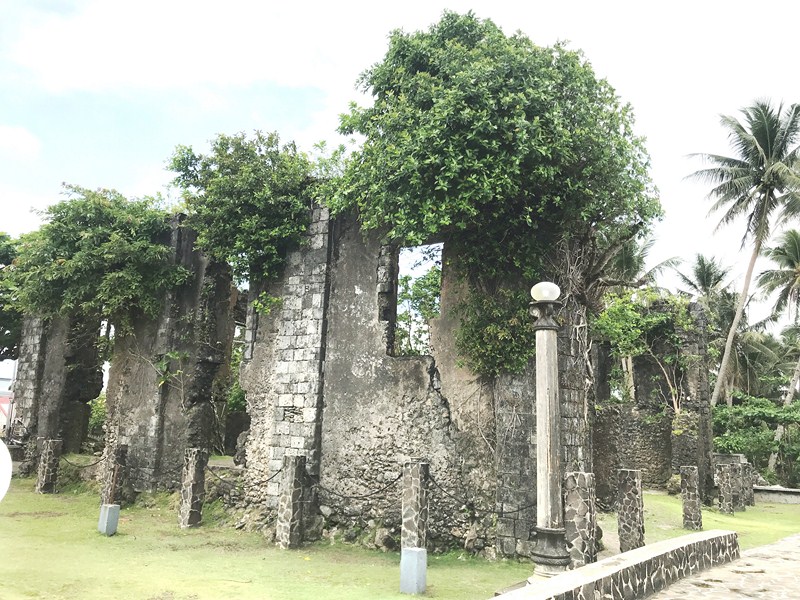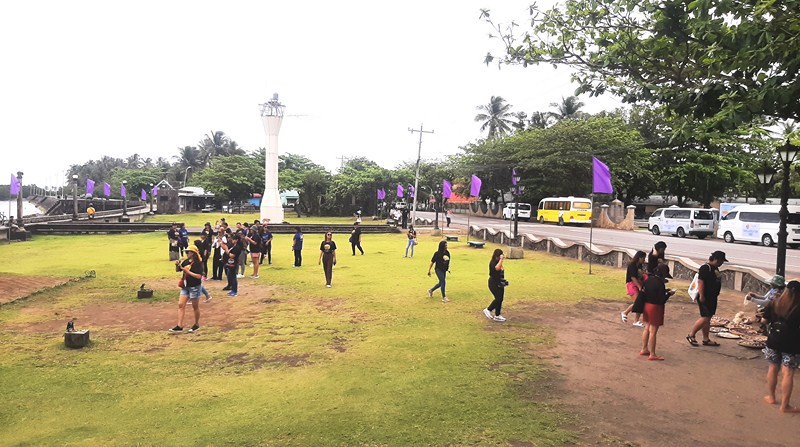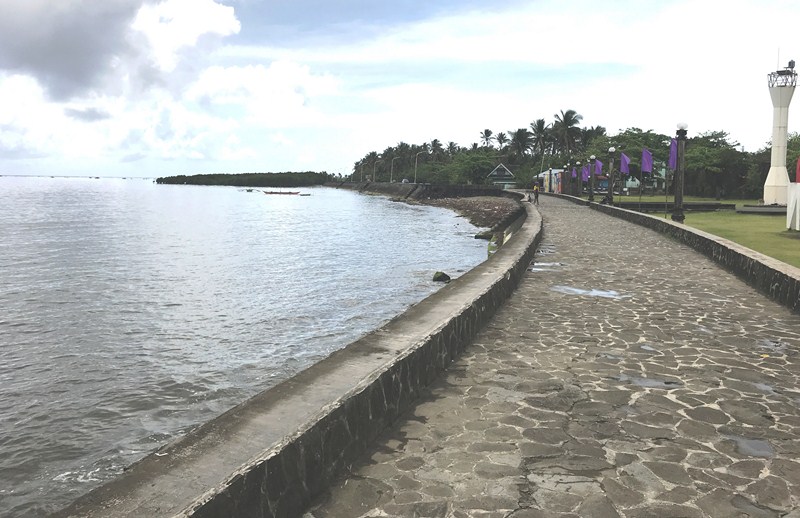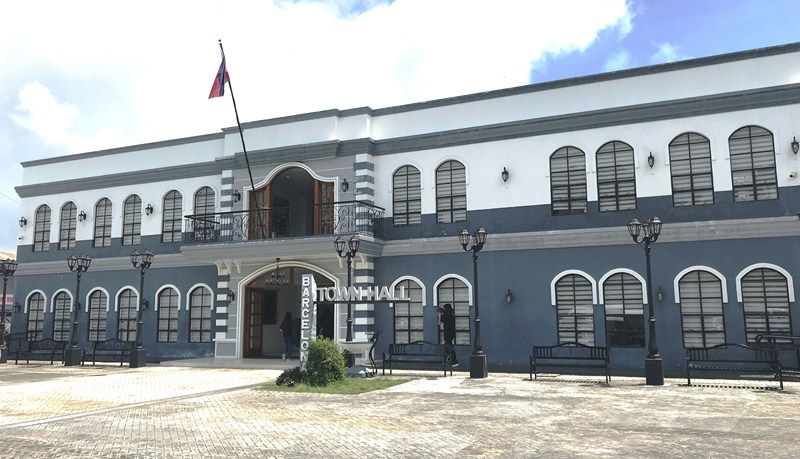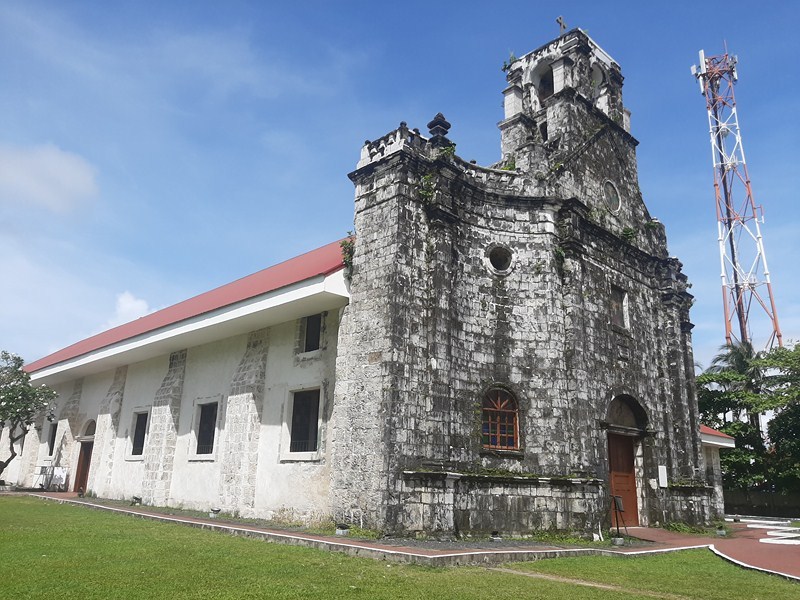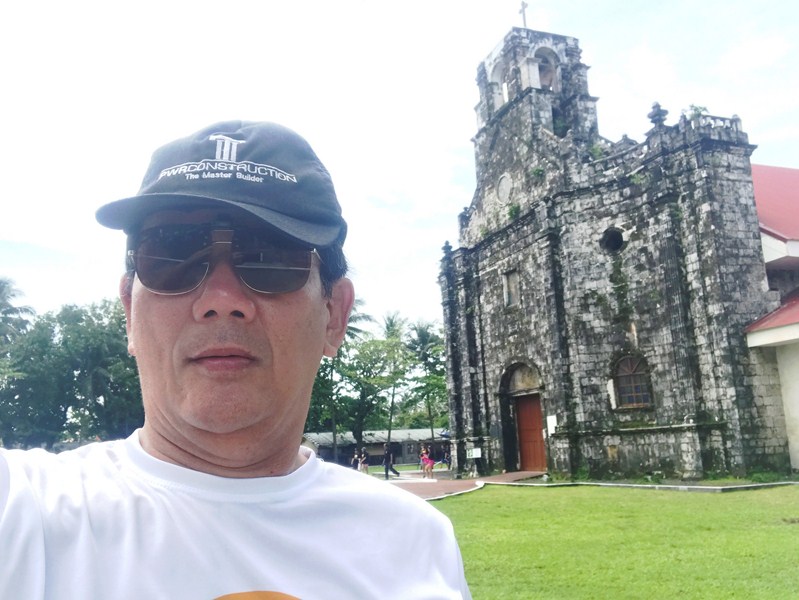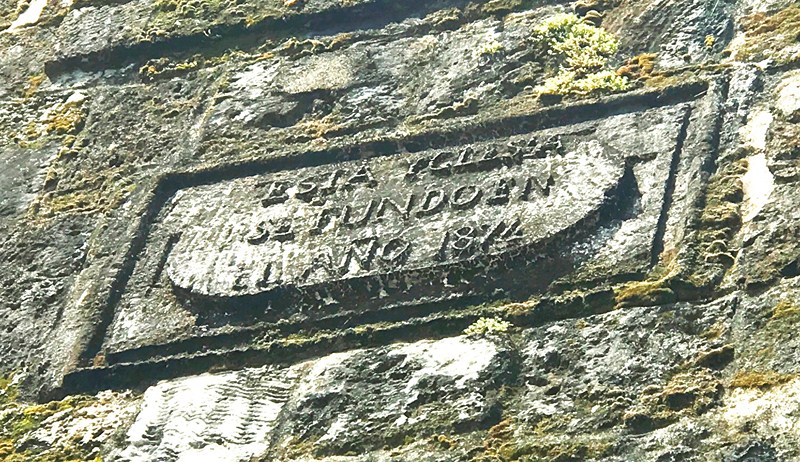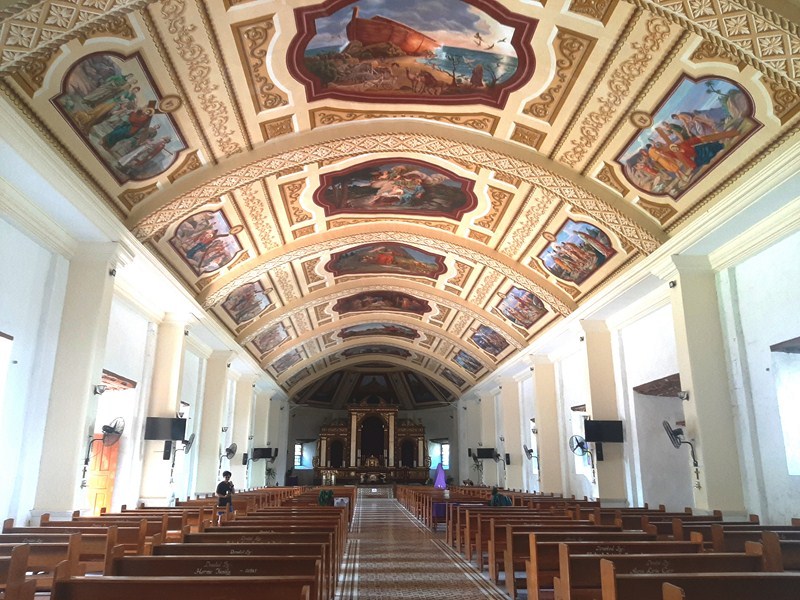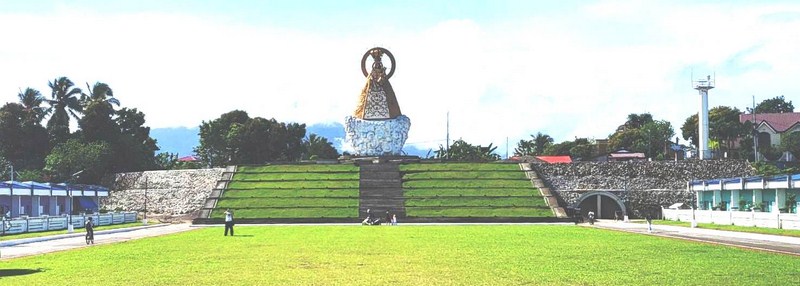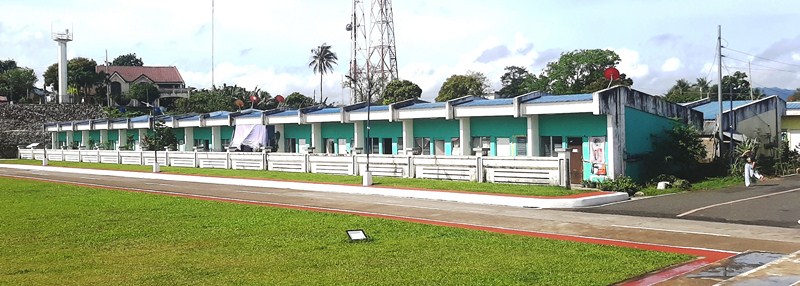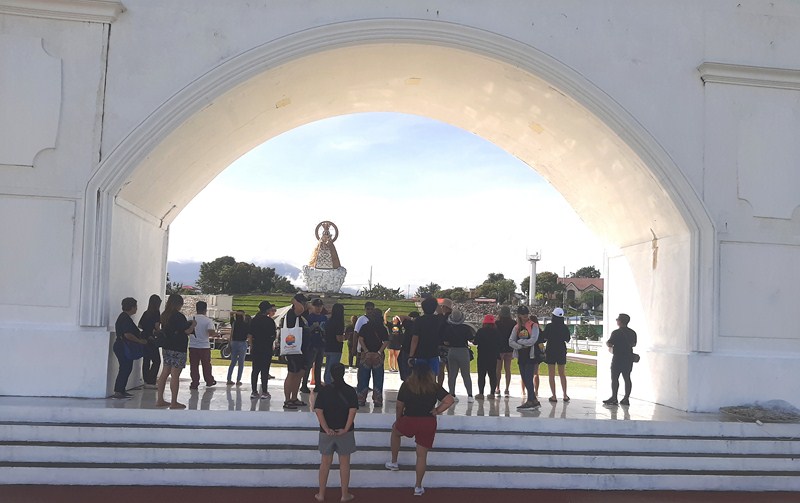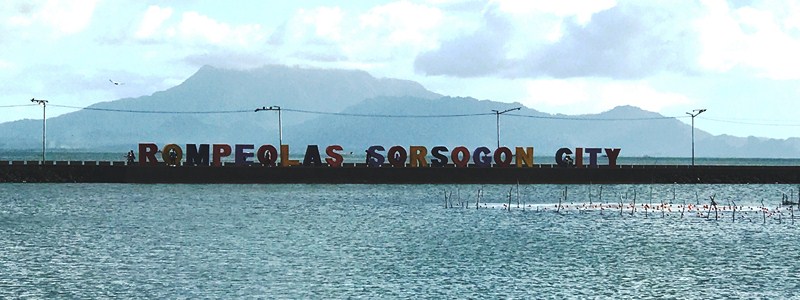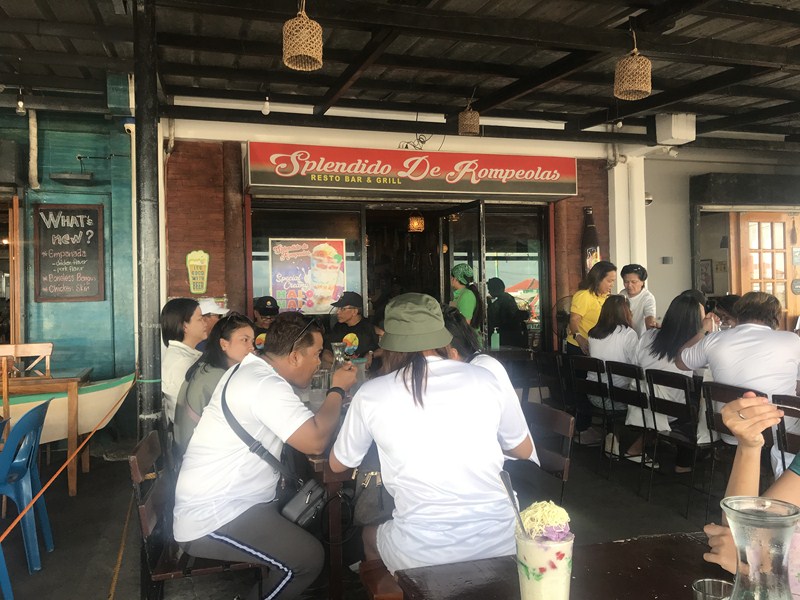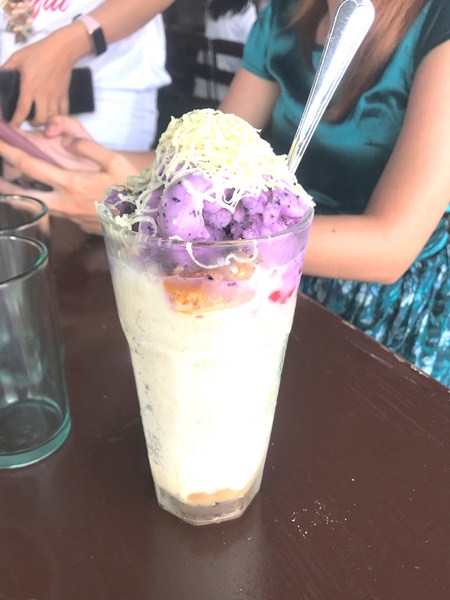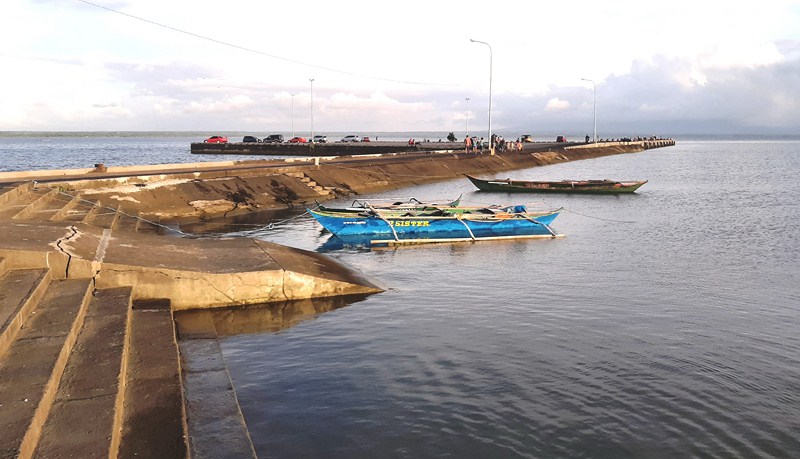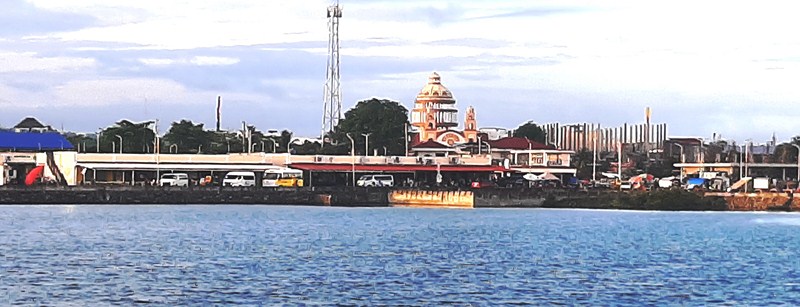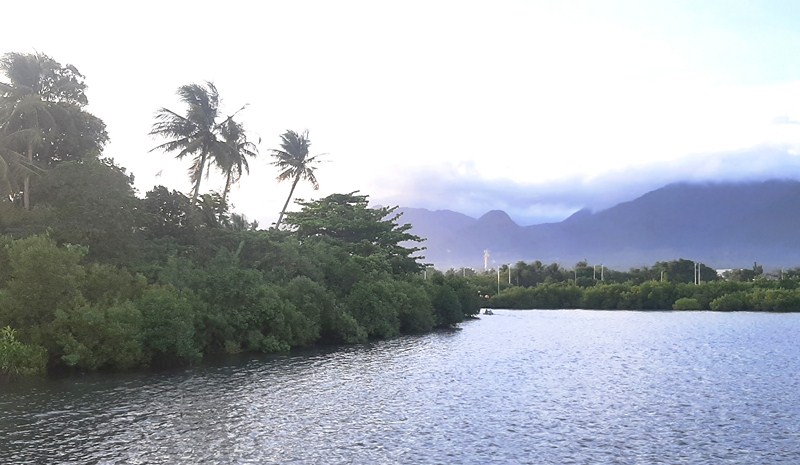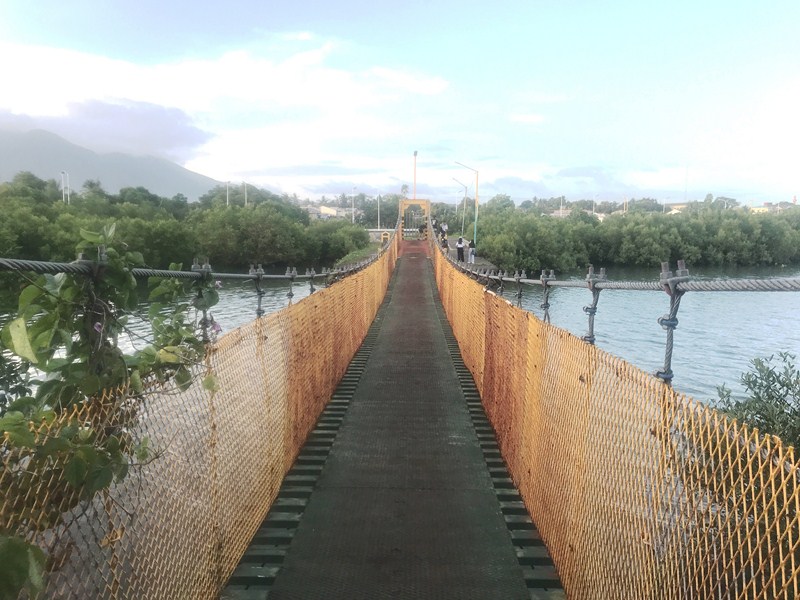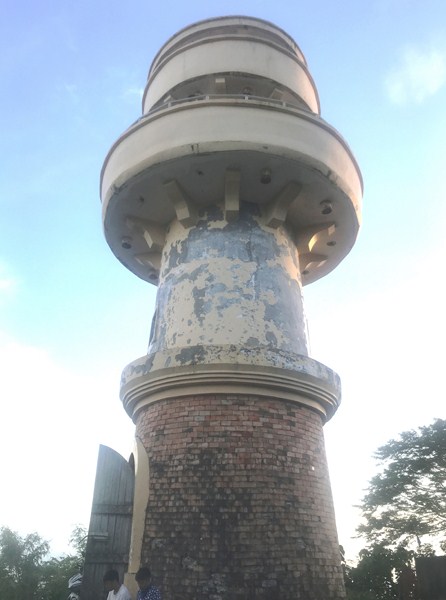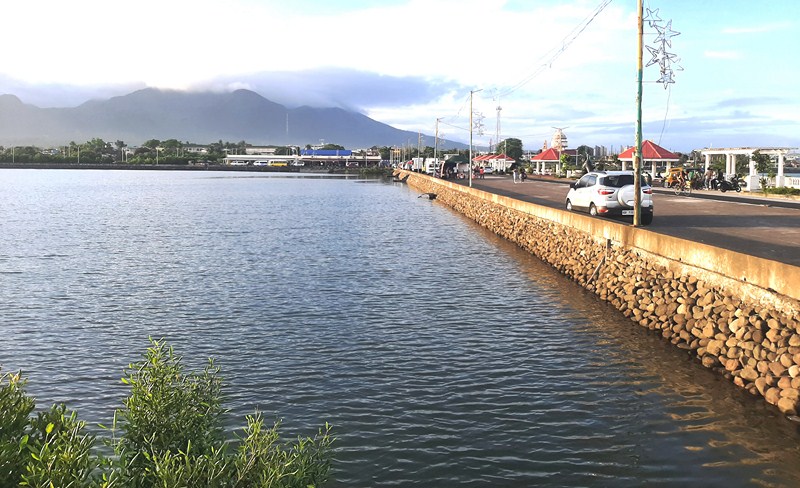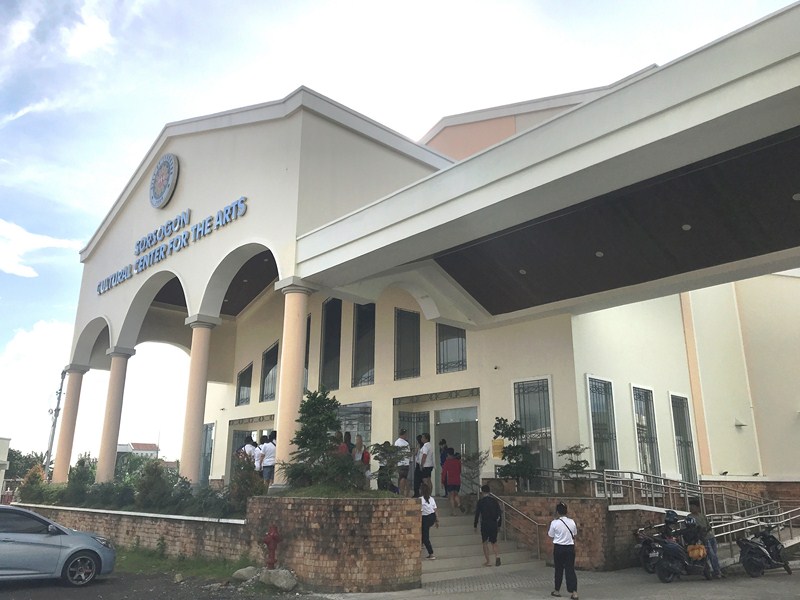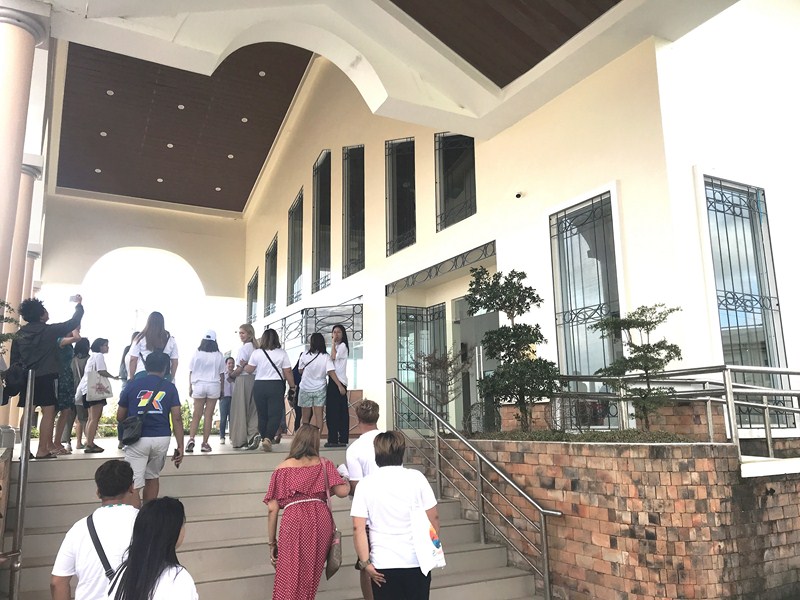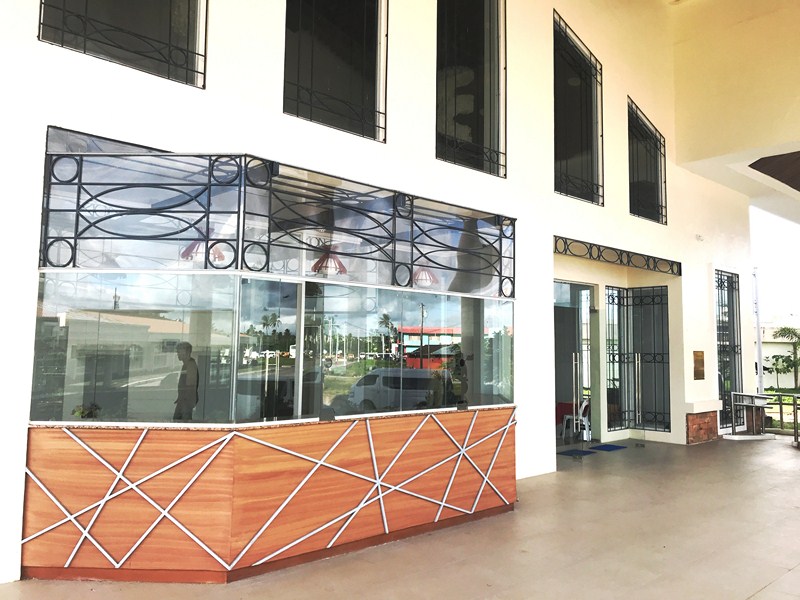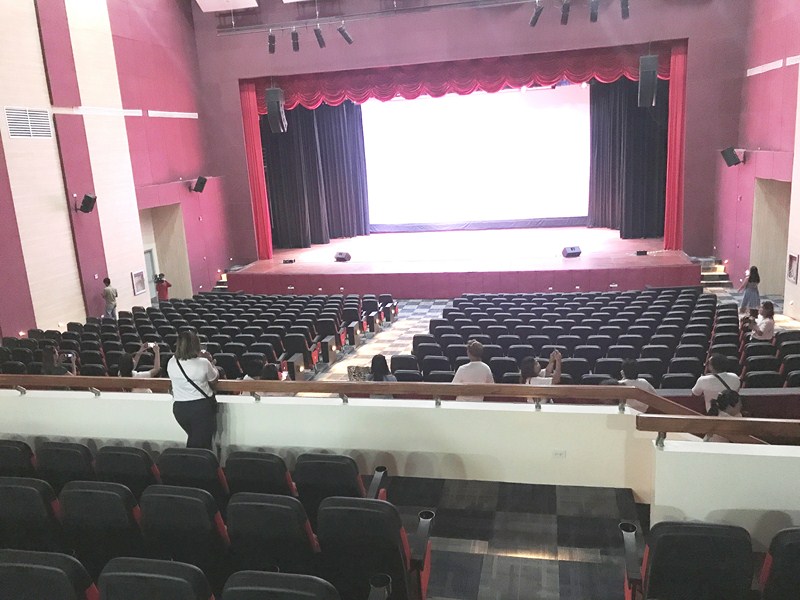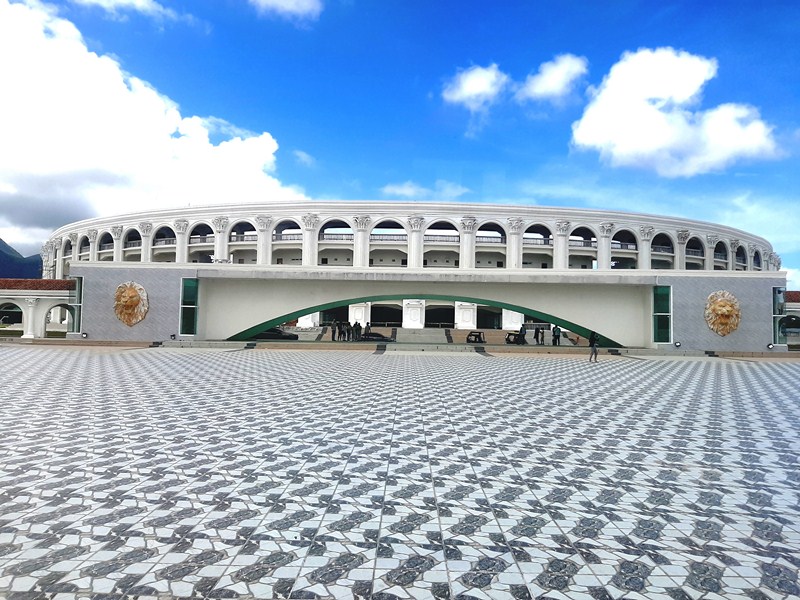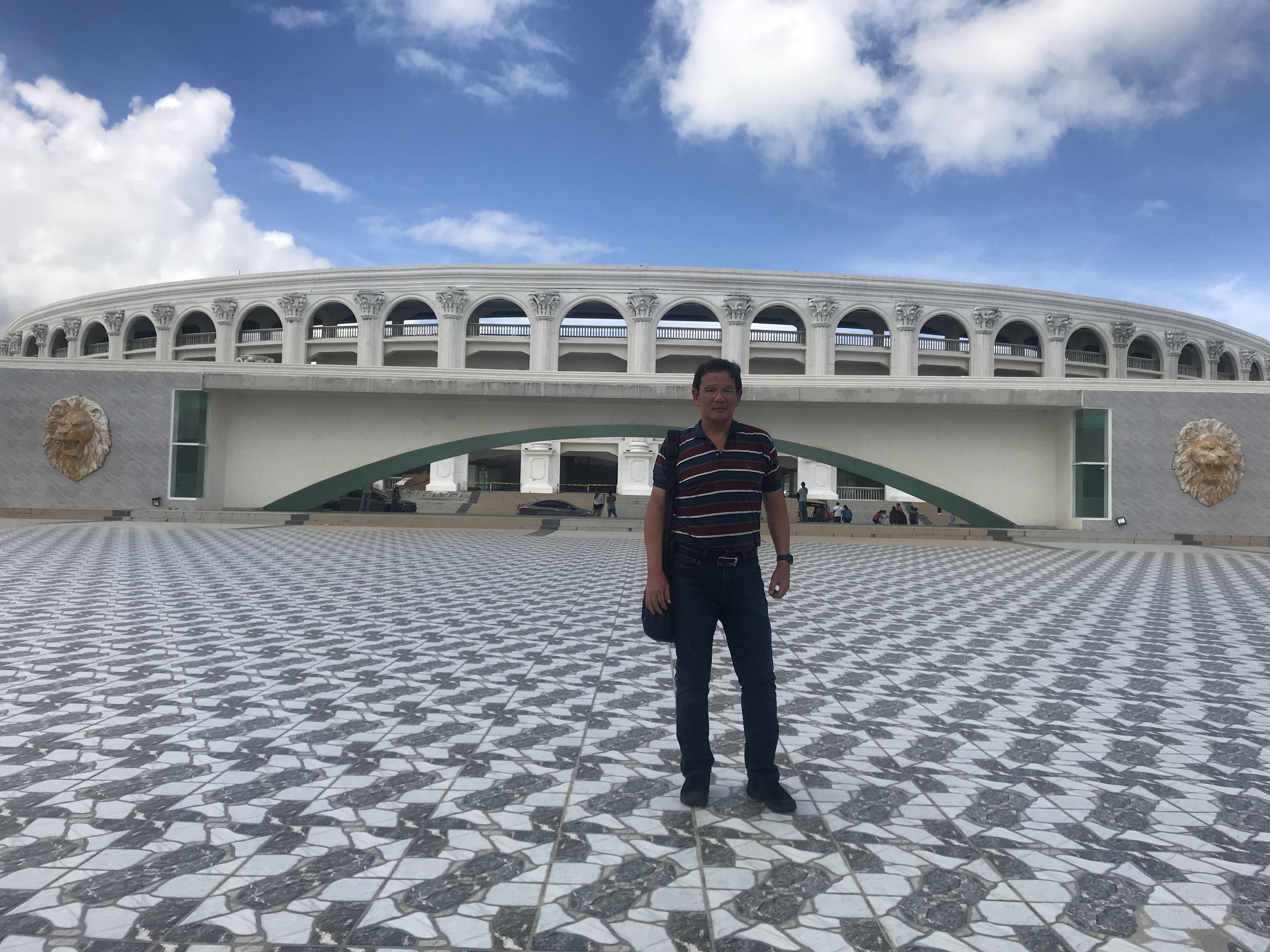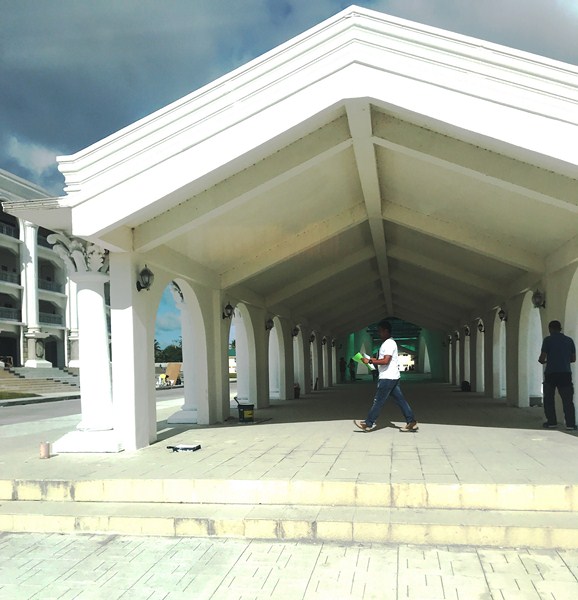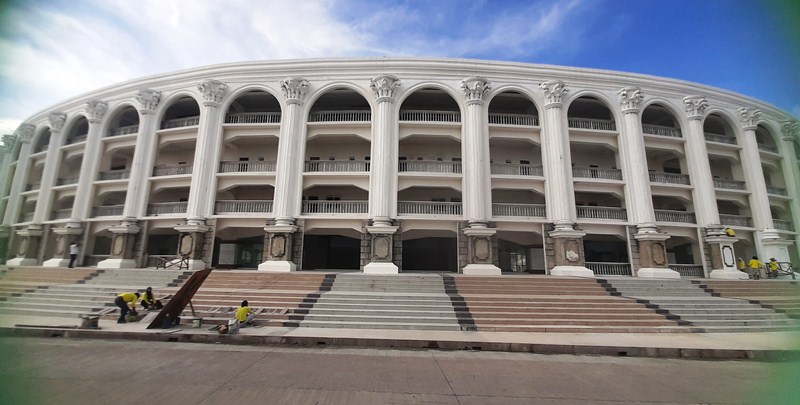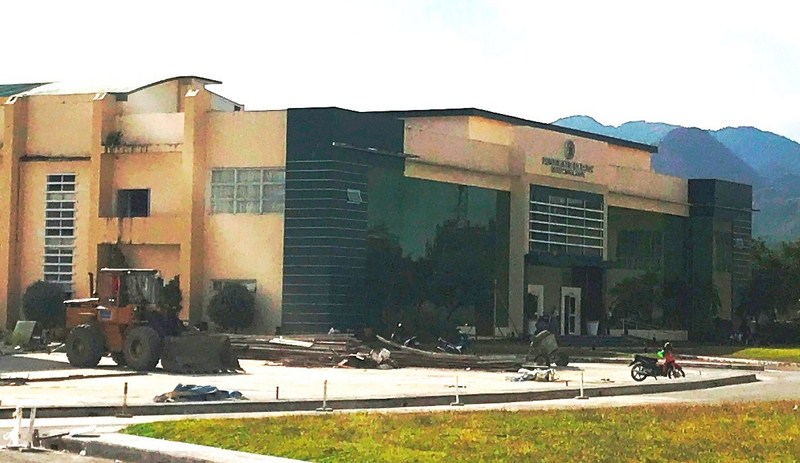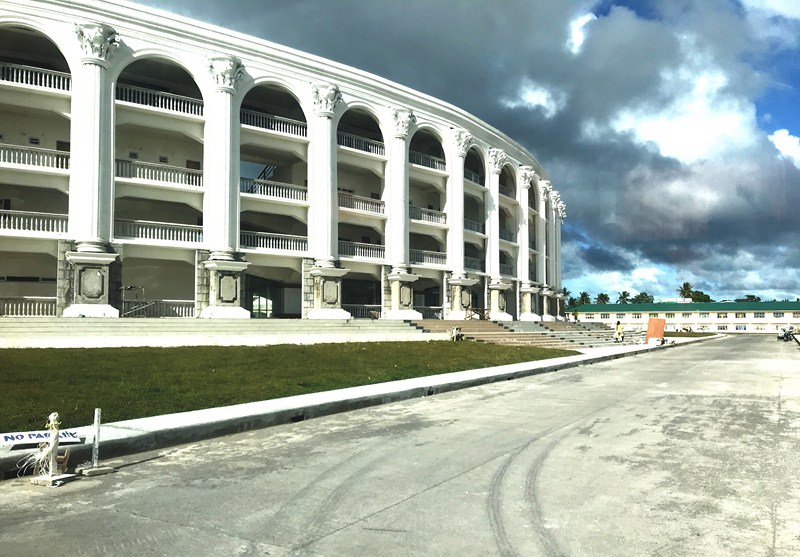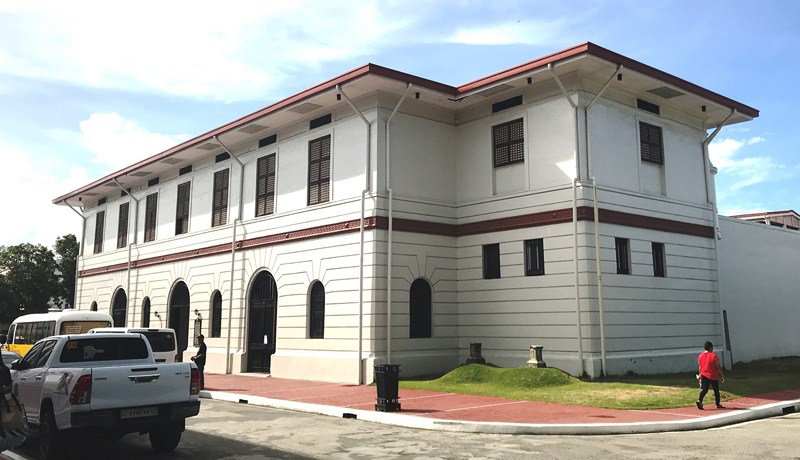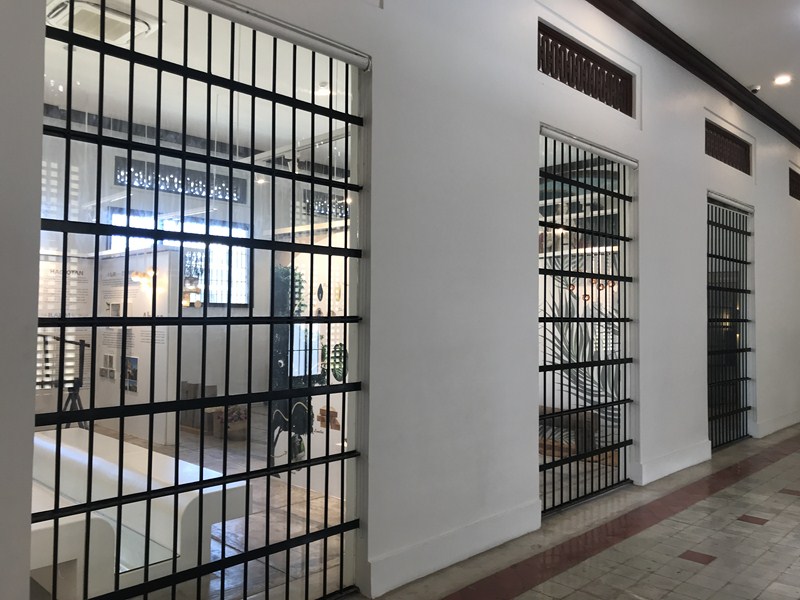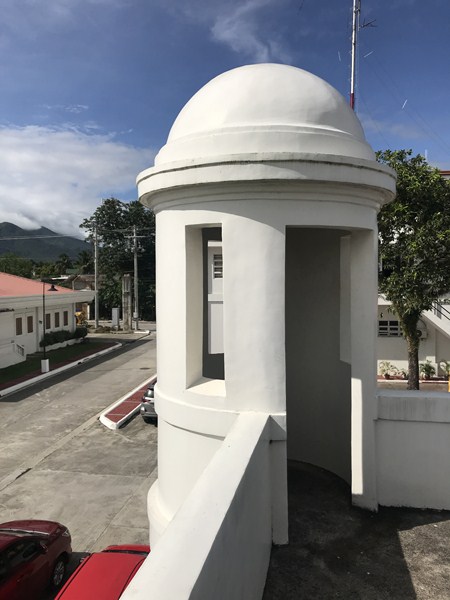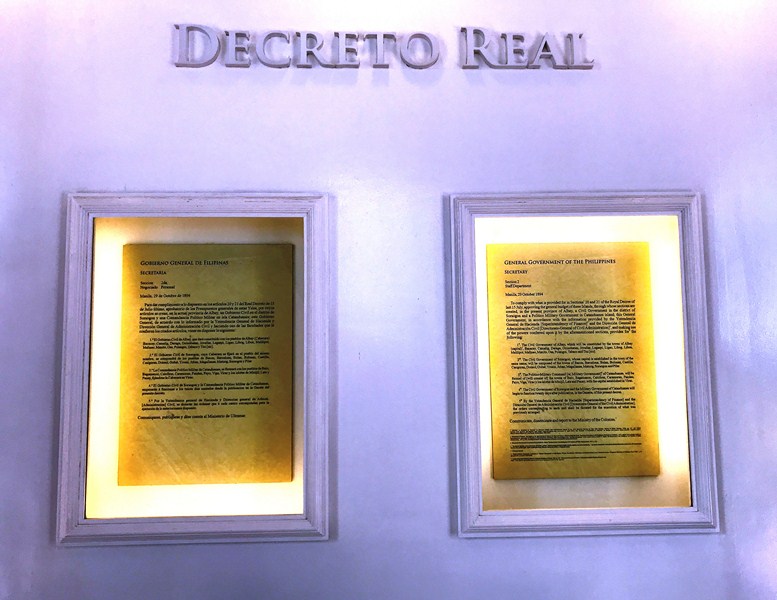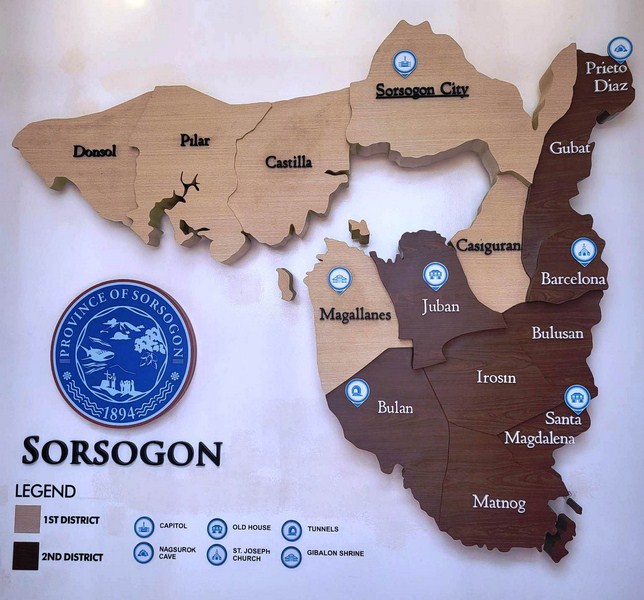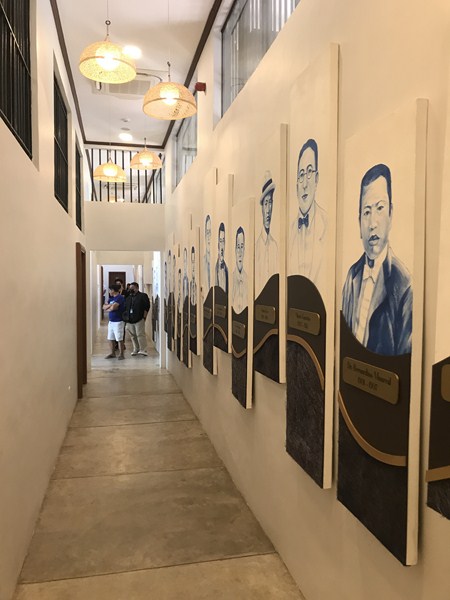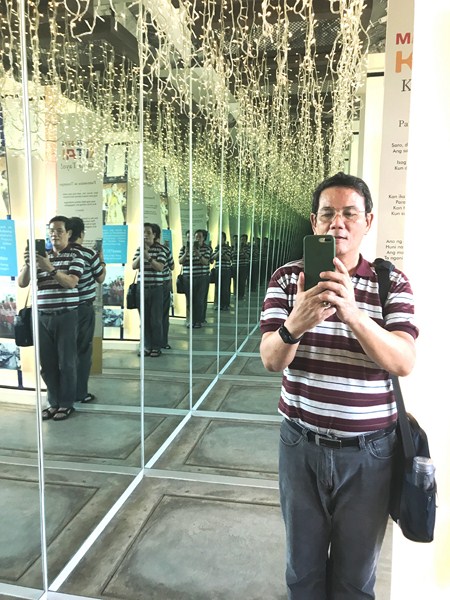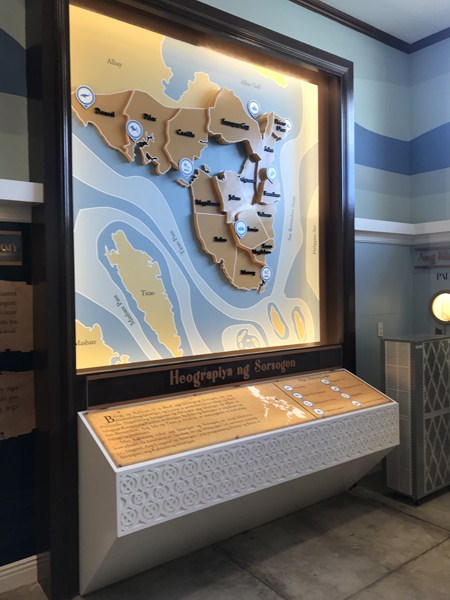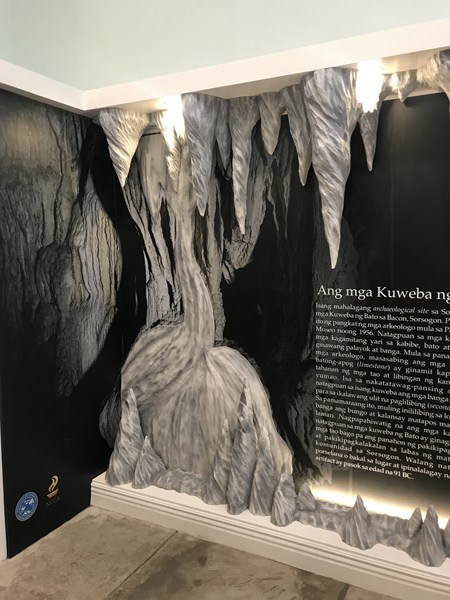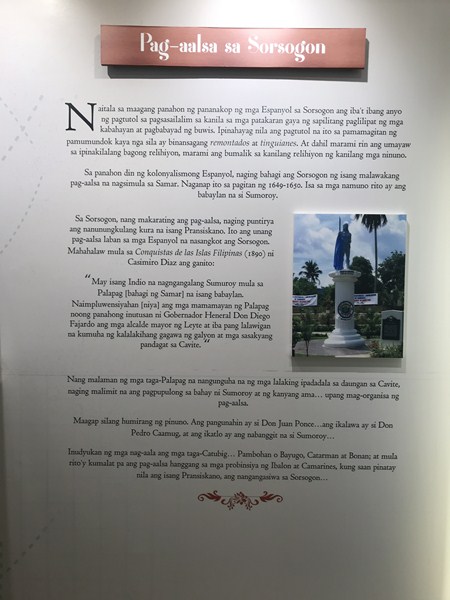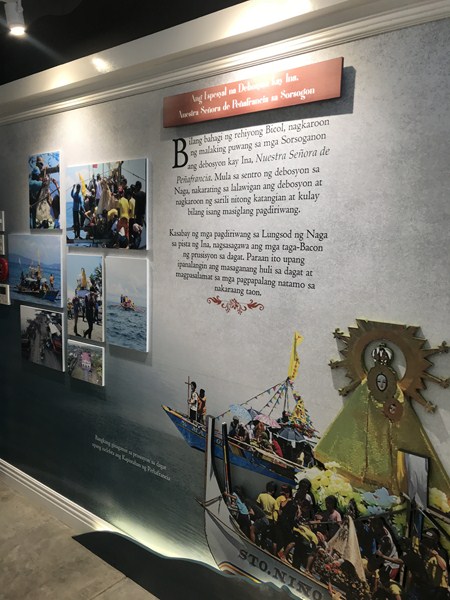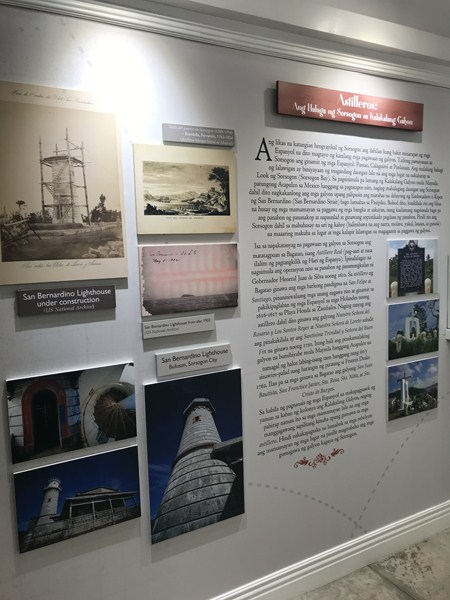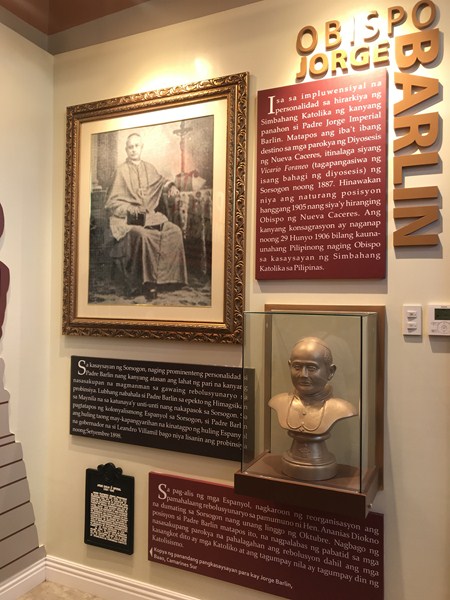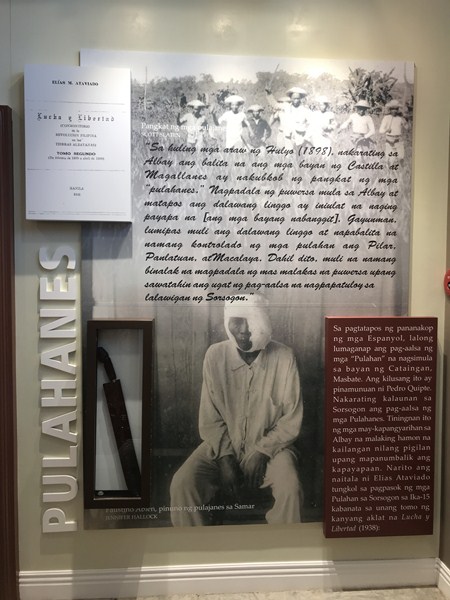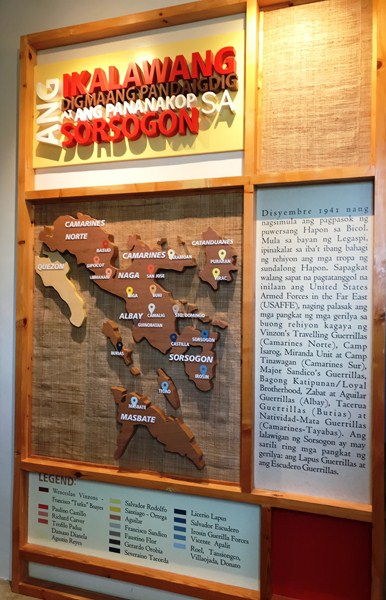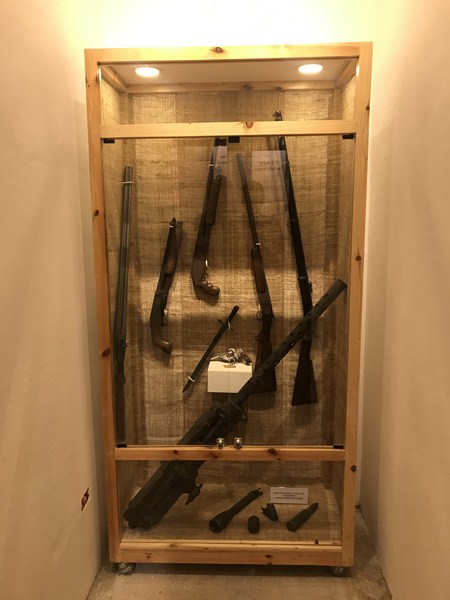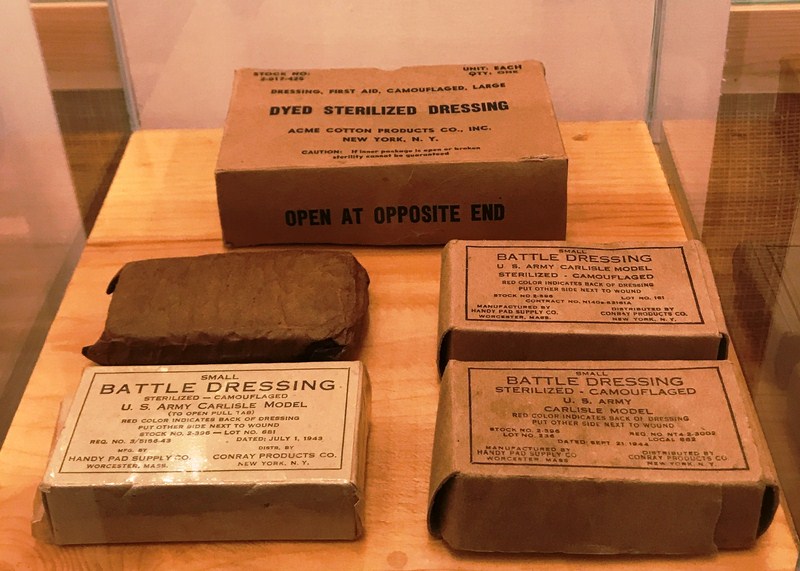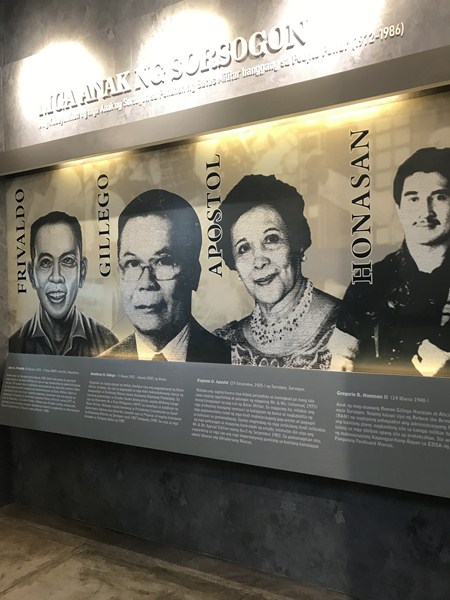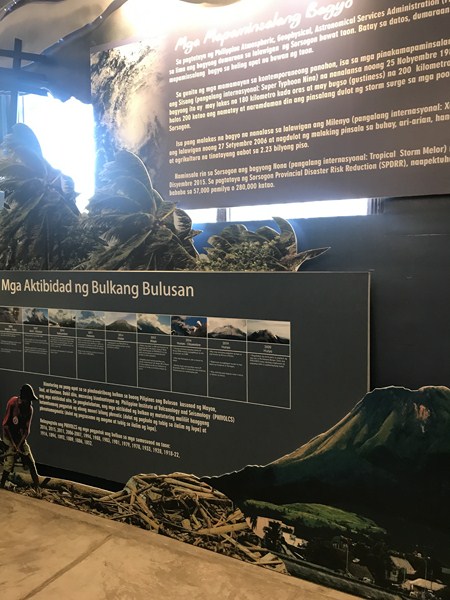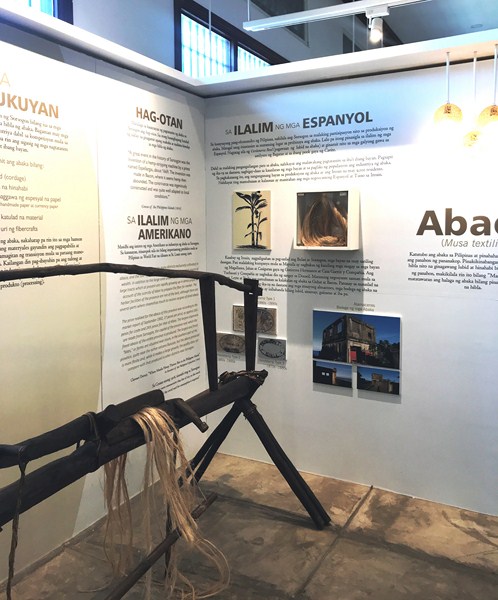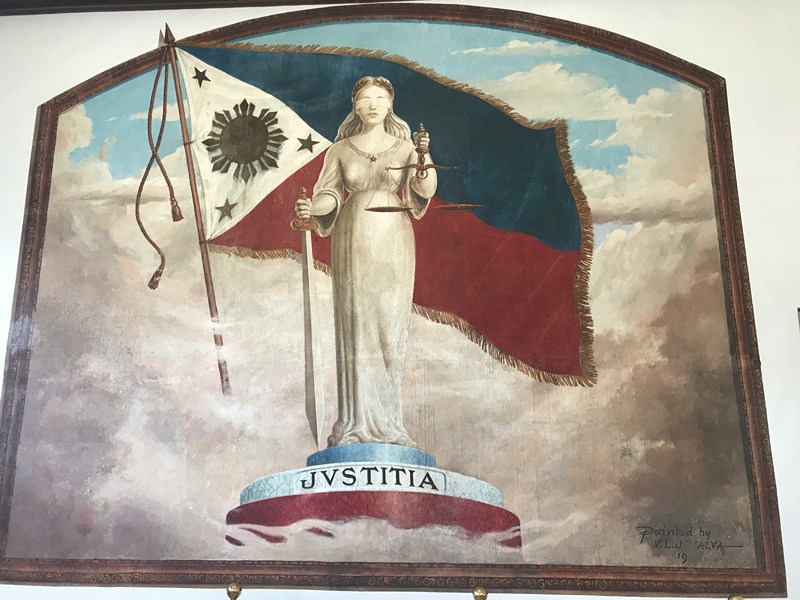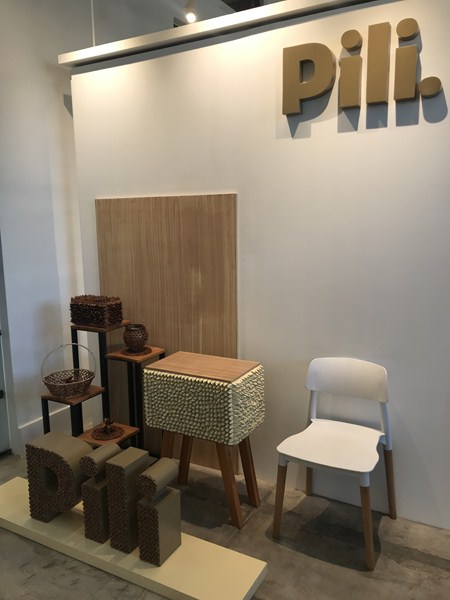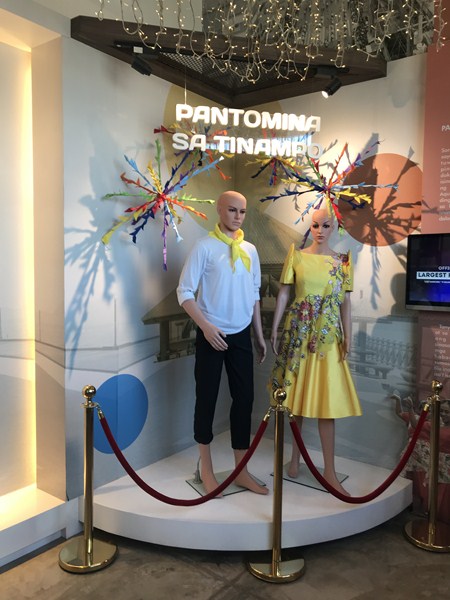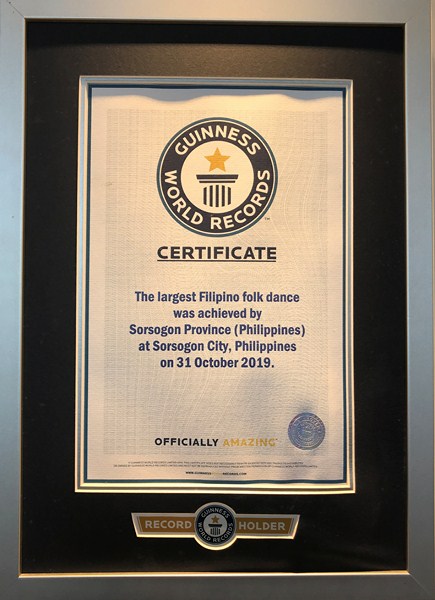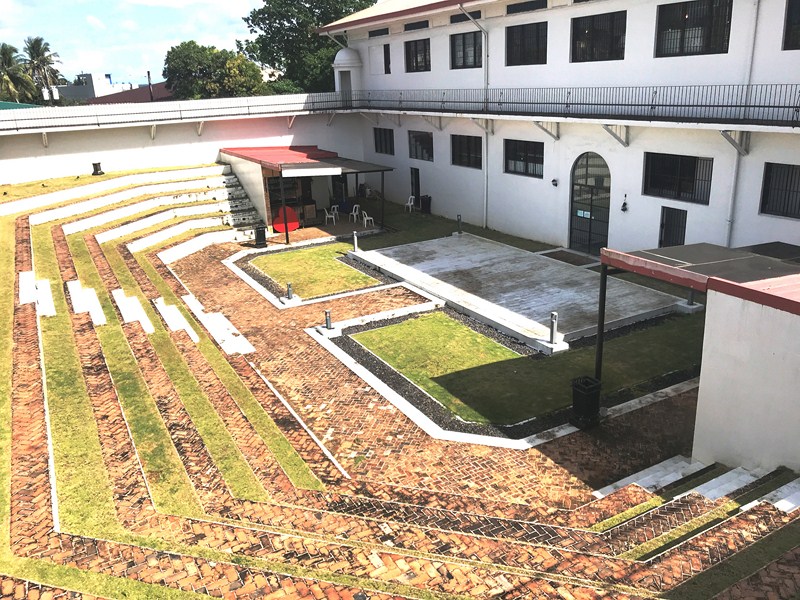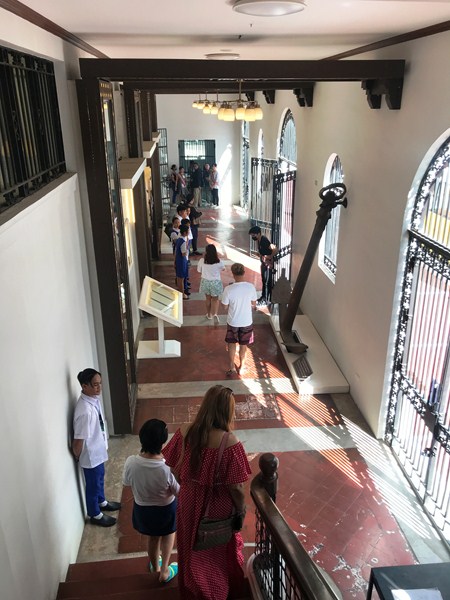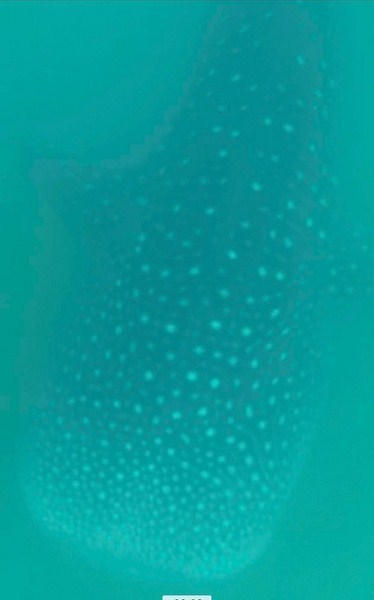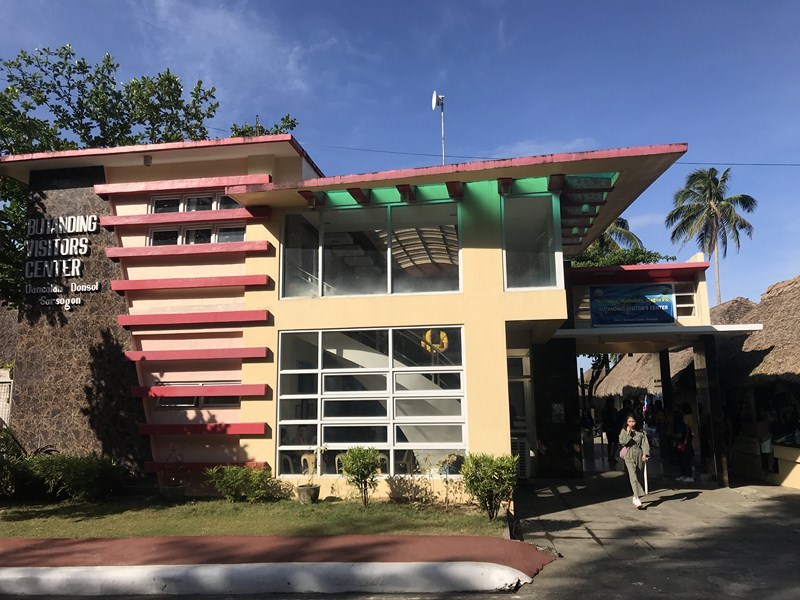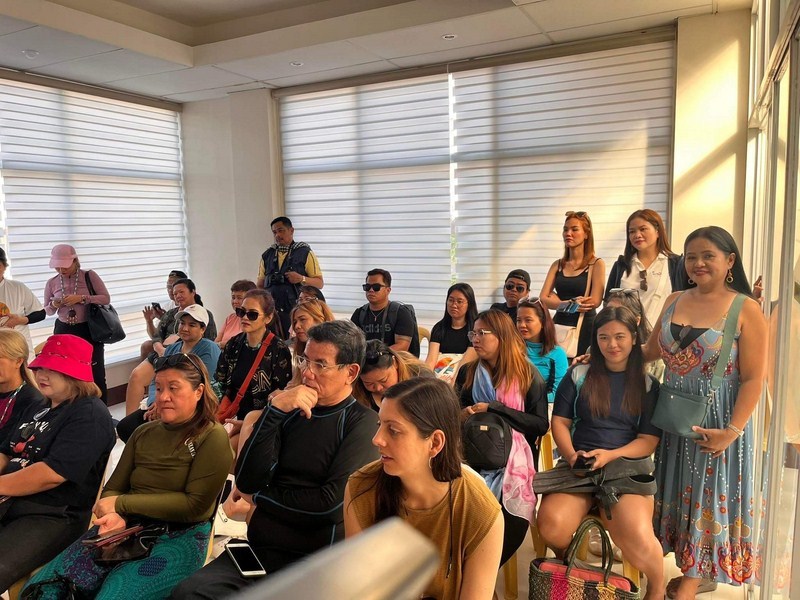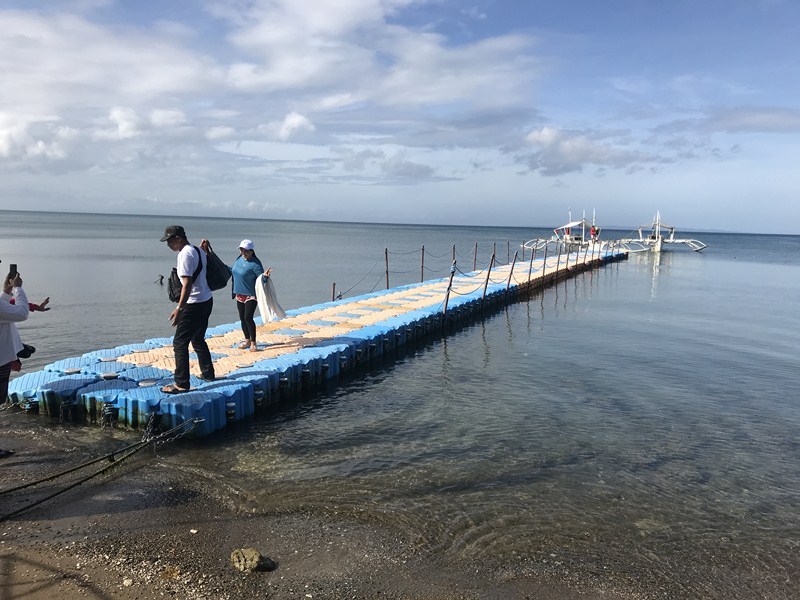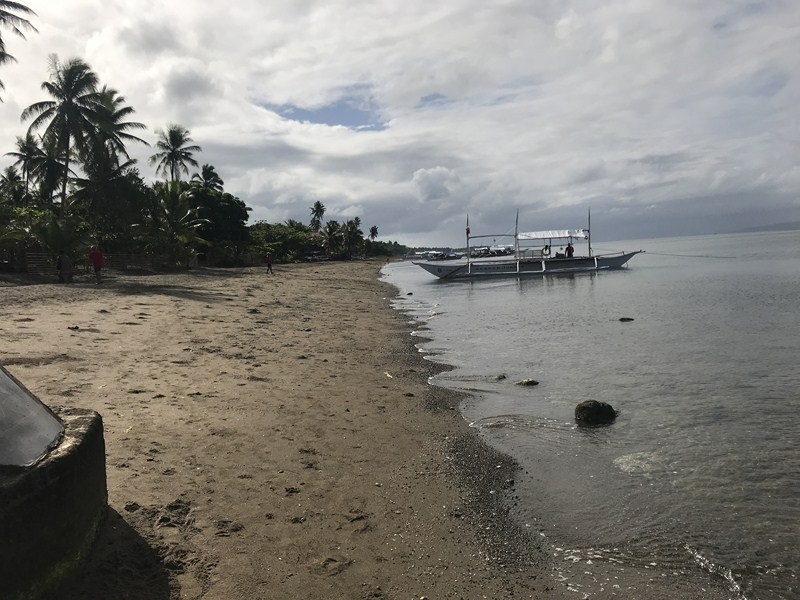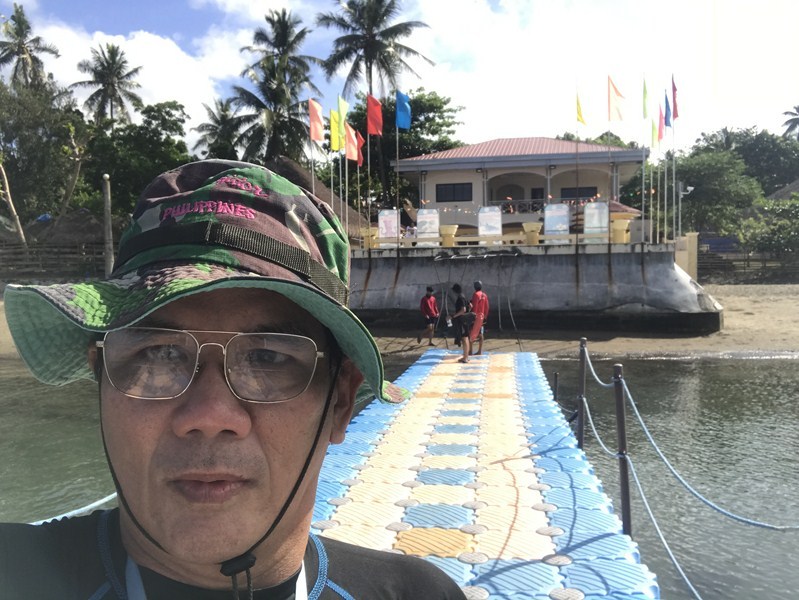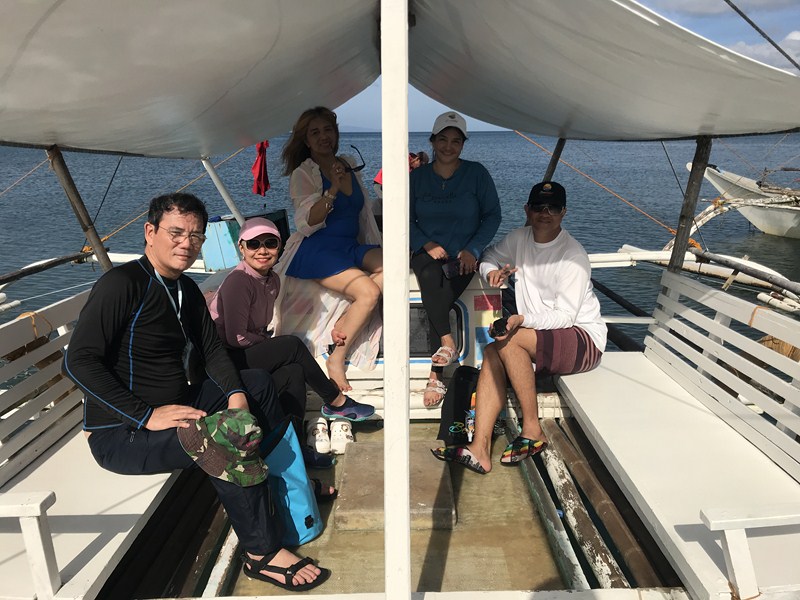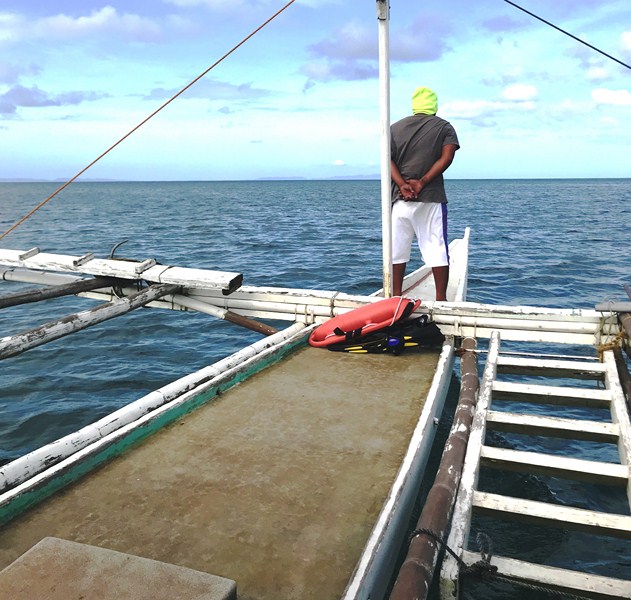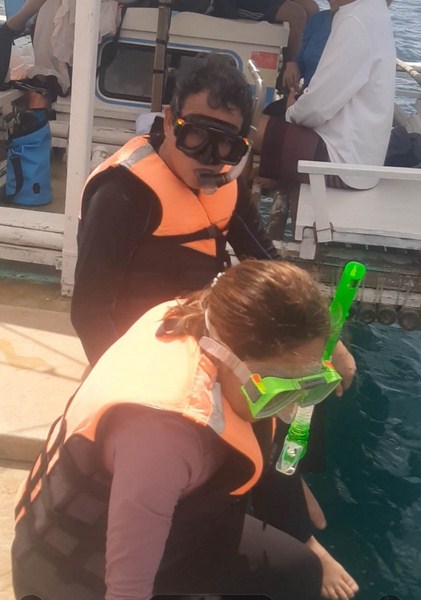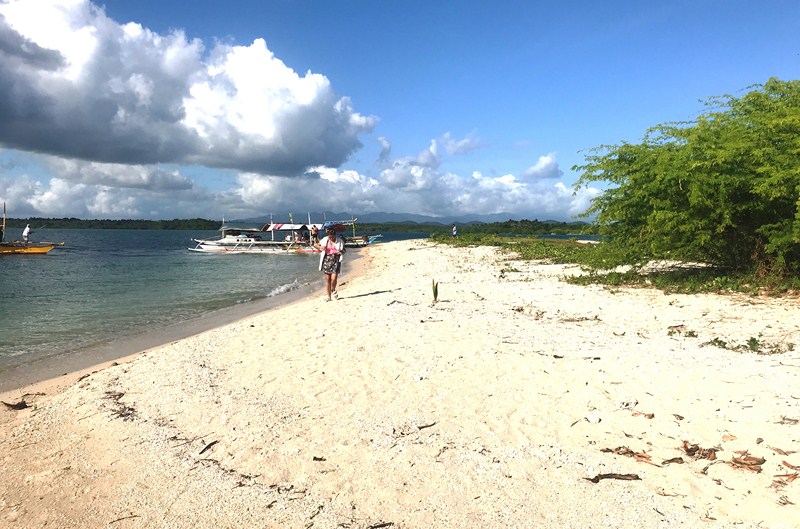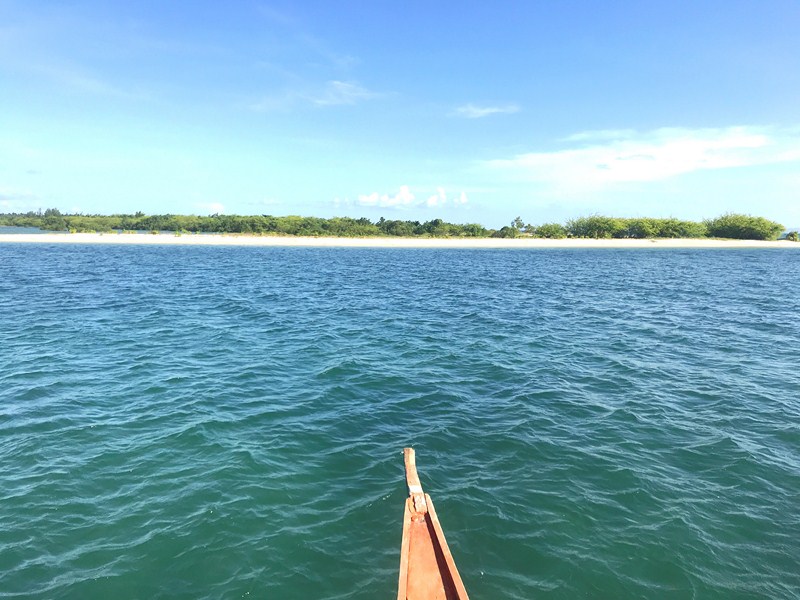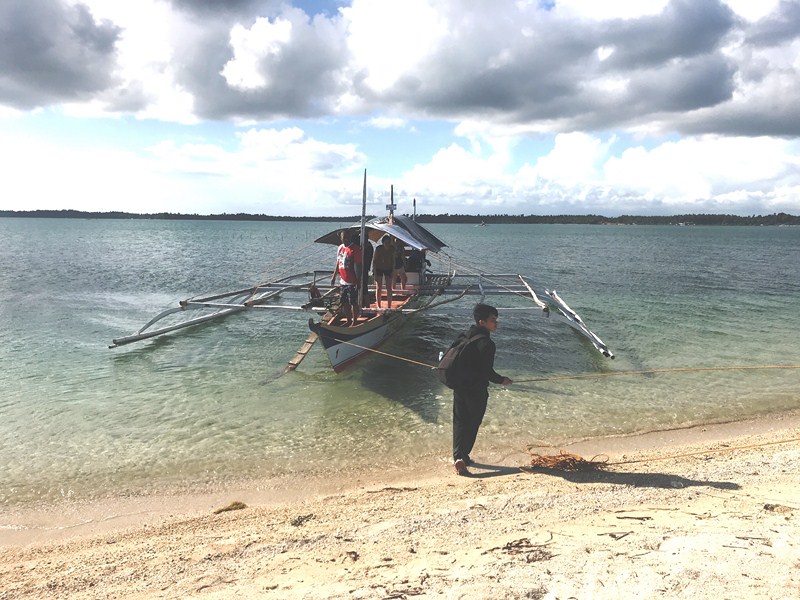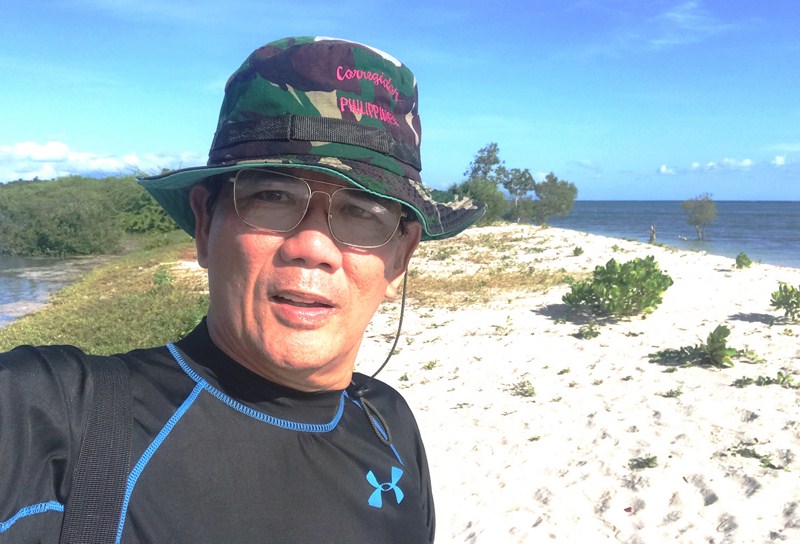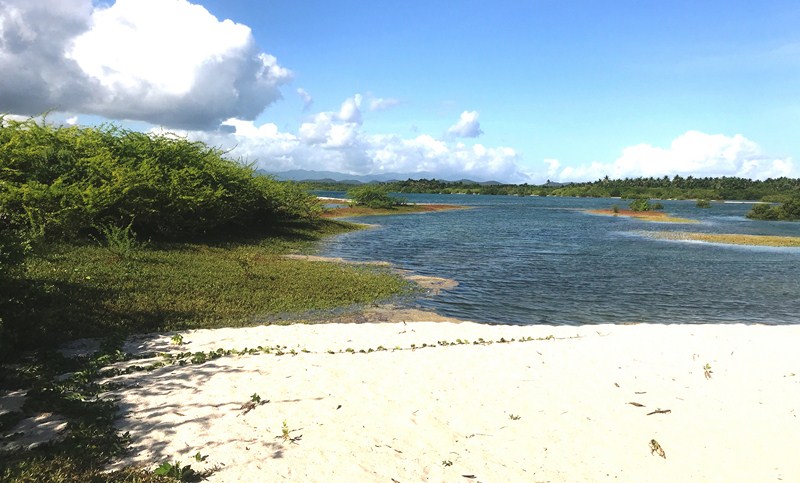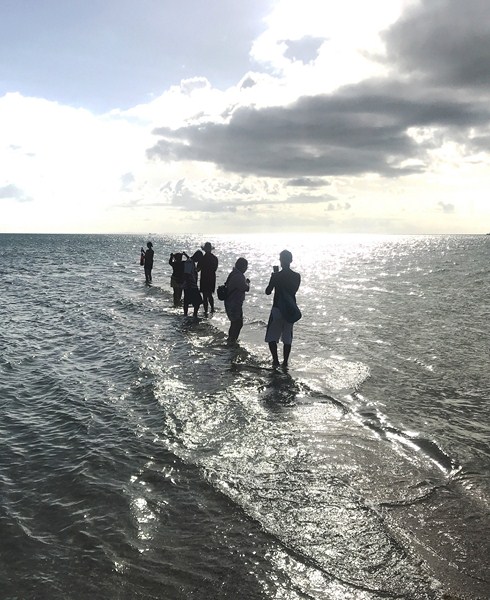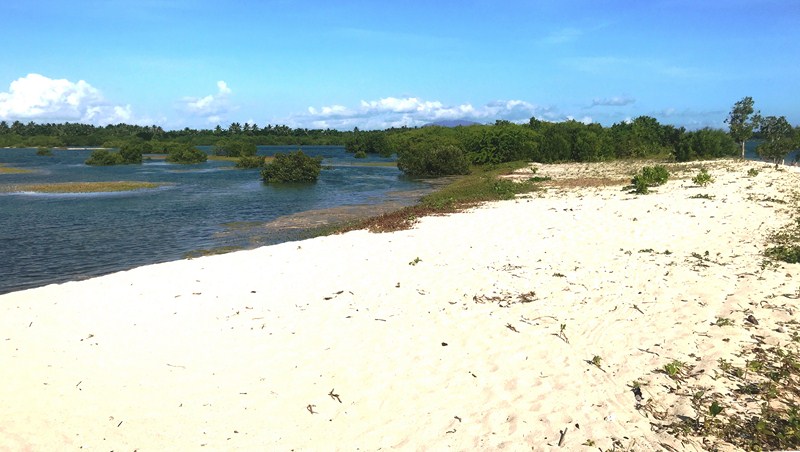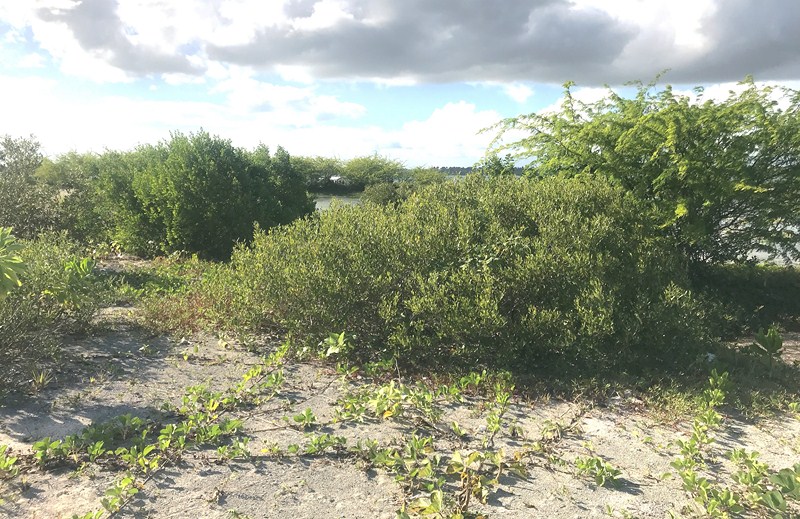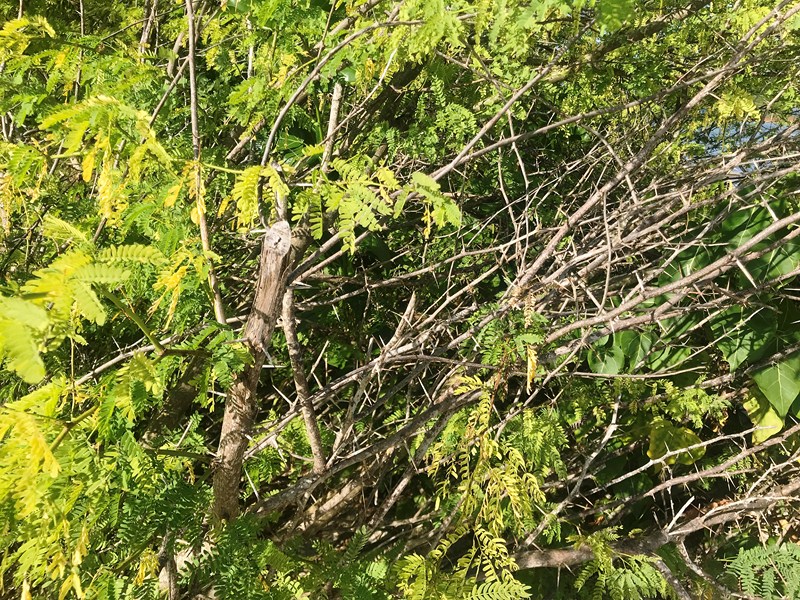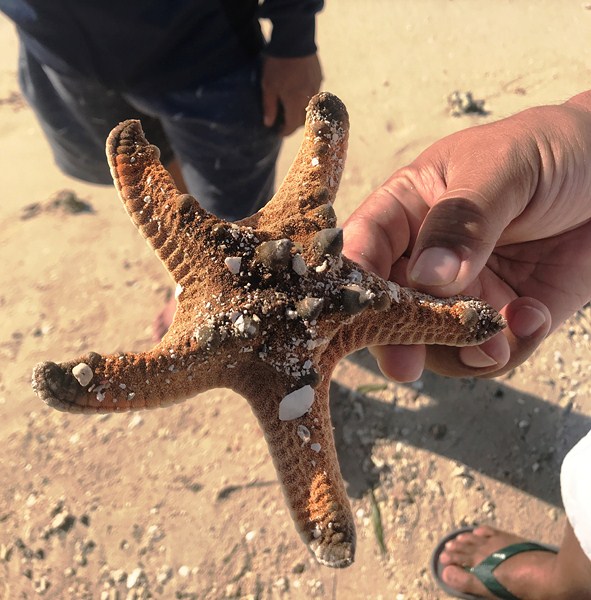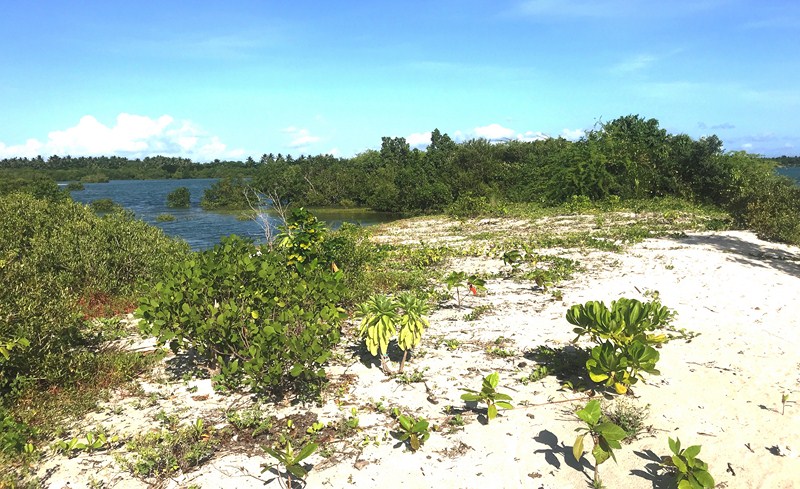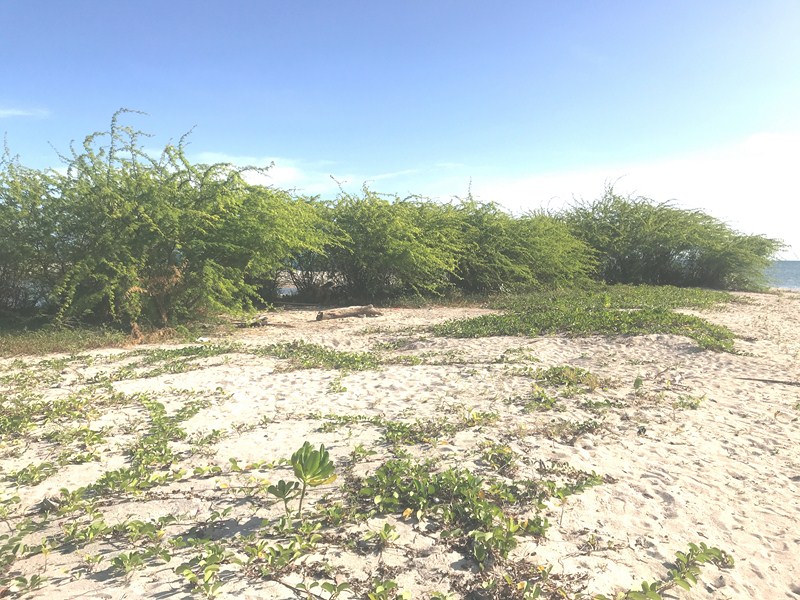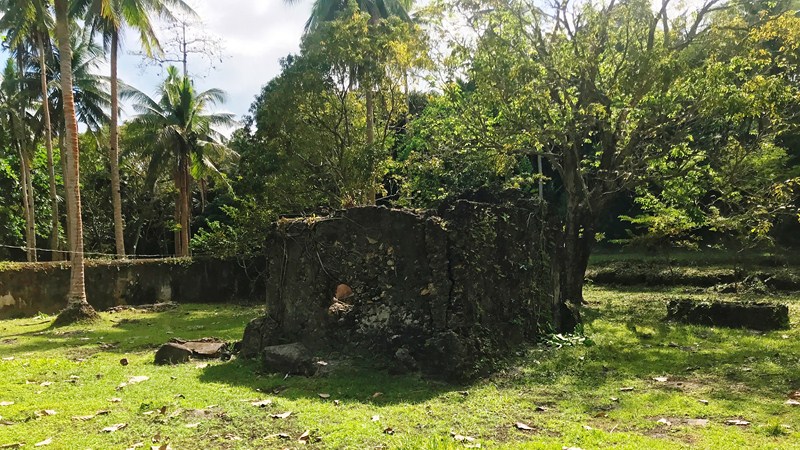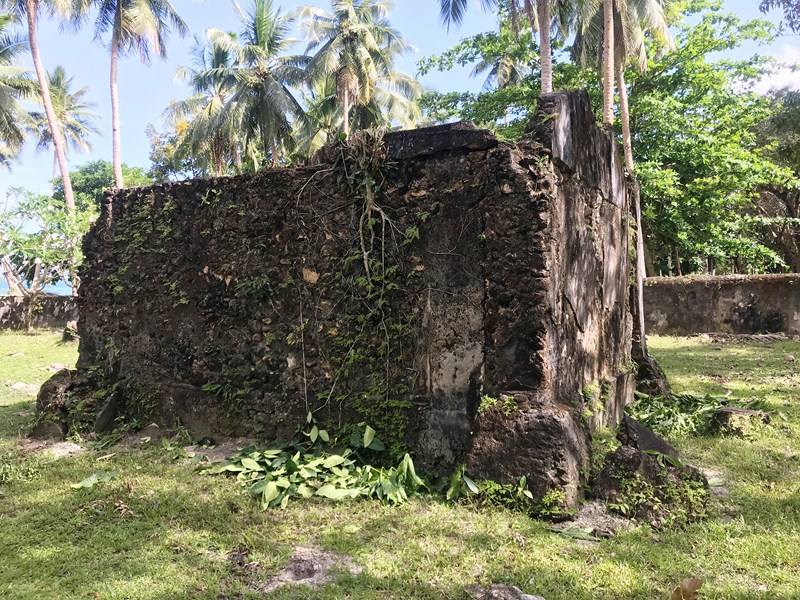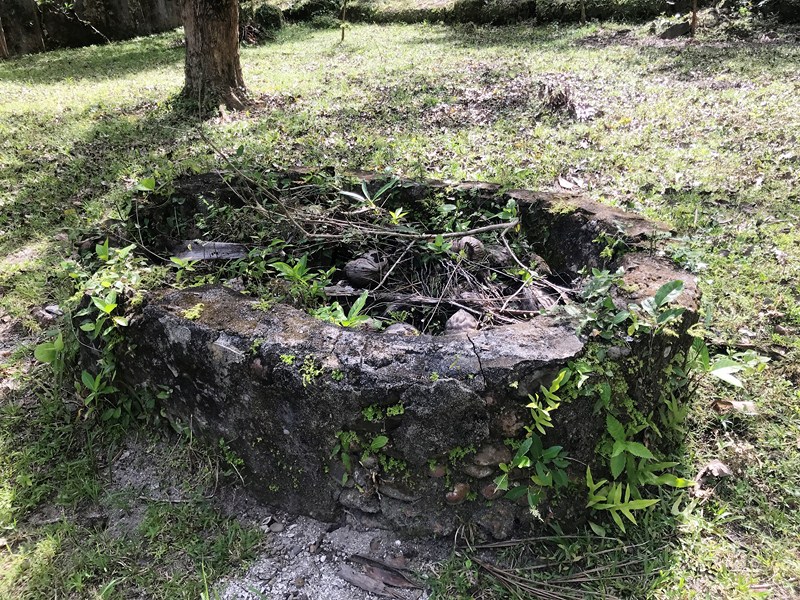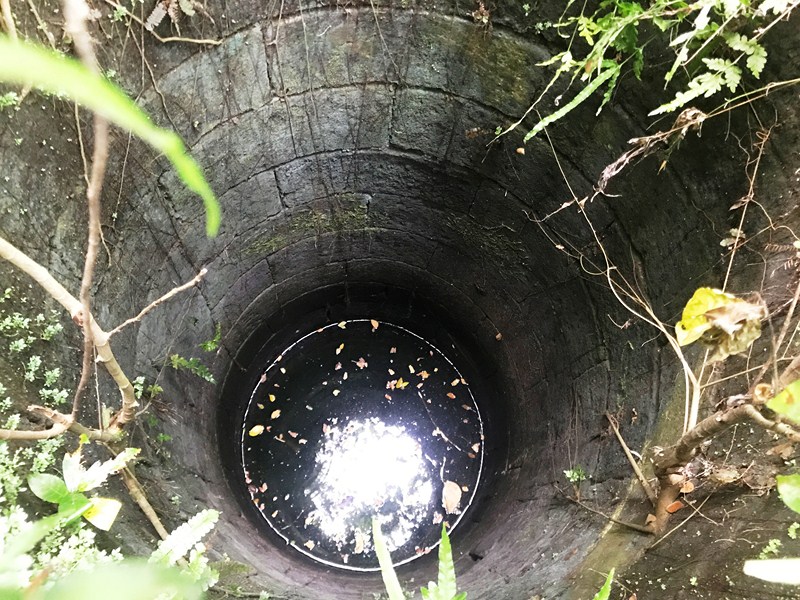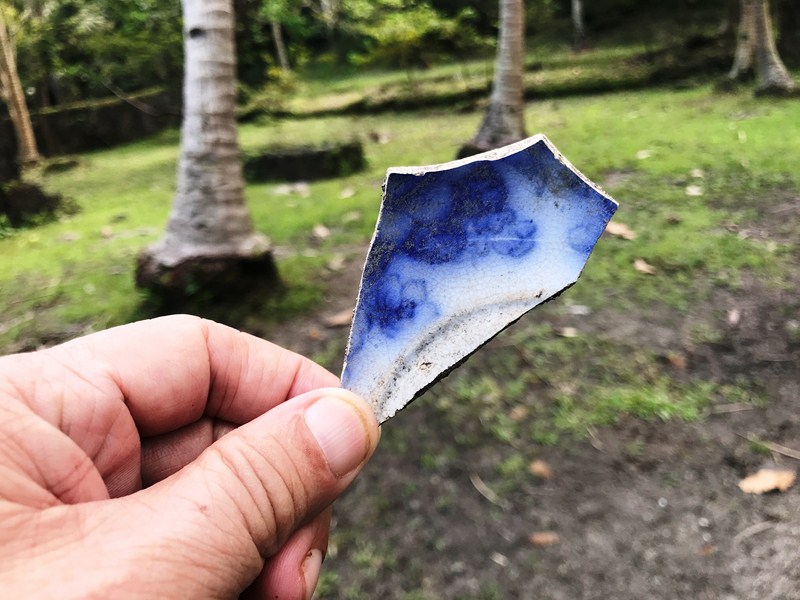Part of the Sorsogon Countryside Tour
Across the road from the Church of St. Joseph the Worker, built along the shoreline of the Pacific Ocean, is the Barcelona Ruins Park. Located here are the ruins of a school building (for children of wealthy “illustrados”), at te southeastern tip of the park, and the prominent, two storey “La Presidencia,” at the northwestern tip of the park.
Check out “Church of St. Joseph the Worker”
Also within the park is a modern, solar-powered lighthouse (erected in 1994 through a grant from the British government) and a “Barcelona SORSOGON” sign, a trend among towns, cities and landmarks this decade. A great place to relax and view the bay for the locals, at some of its areas, there’s free WiFi connection.
Built in 1874, the nearly century and a half La Presidencia was the seat of the Spanish Colonial-era gobernadorcillo (“little governor”). Massive in size, this structure also doubled as a watchtower and fortress against Moro pirate attack.
In the event of a retreat from the attacks, there was originally an underground tunnel leading to the aforementioned church but was closed to prevent thieves from accessing religious relics in the church.
During the Japanese Occupation in World War II, it was used by the Japanese as a garrison. After the war, it was again used as the seat of the municipal government.
However, a series of typhoons, ripped the building’s roof and the building was abandoned. Today, it is a historical landmark of the town.
AUTHOR’S COMMENTS
The feeling of mystery makes vegetation in ruins more appealing and enjoyable to visitors but it is a known fact that vegetation causes physical damage and deterioration to standing structures in archaeological sites and monuments thereby increasing the risk of collapse and danger to those underneath. I suggest removal of such greenery.
A new Spanish-inspired, two-storey municipal hall building was built in 2020.
Barcelona Ruins Park: Poblacion Central, Barcelona, Sorsogon.
How to Get There: Barcelona is located 548.5 kms. (an 11.25-hour drive) from Manila and 27 kms. southeast of Sorsogon City. From Sorsogon City, take a jeepney to Gubat then transfer to another jeepney at Barcelona.
Sorsogon Provincial Tourism Culture and Arts Office: Ground Floor, Capitol Building, 4700 Sorsogon City. Mobile number: (0968) 624-6279. E-mail: tourism@sorsogon.gov.ph. Facebook: www.facebook.com/sorsogonprovincialtourismoffice.
Barcelona Municipal Tourism Office: mobile numbers (0908) 927-6481 and (0917) 348-7084.
Ur Place Travel & Tours: OLV Pangpang, Sorsogon City, Sorsogon. Mobile number (Viber): (0927) 950-3927 (Ms. Annie Gueb). Facebook: www.facebook.com/urplacetravel.


